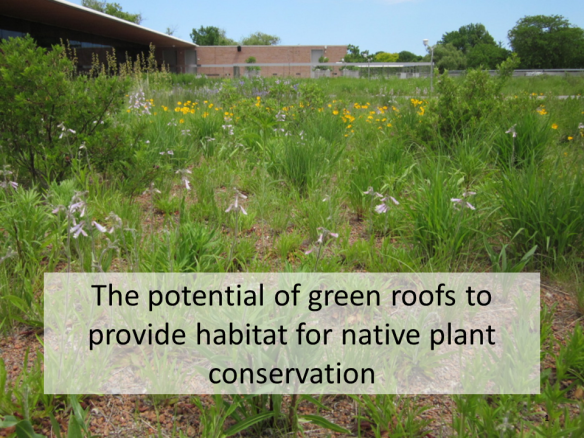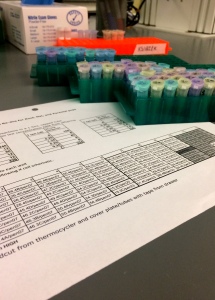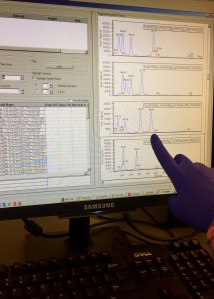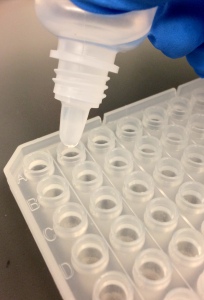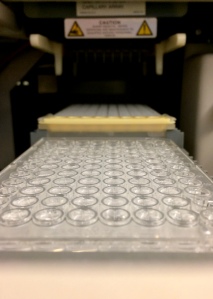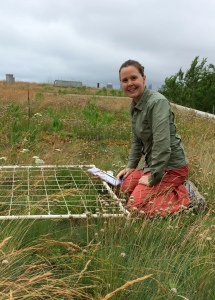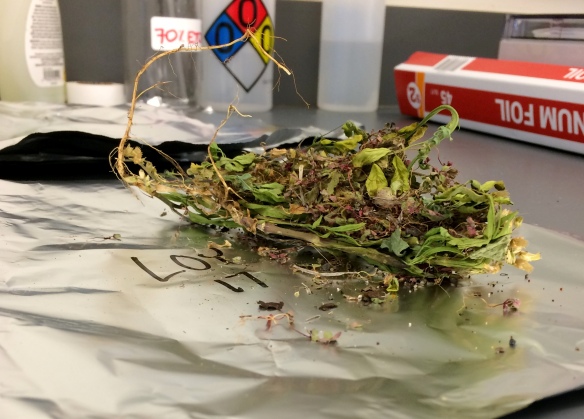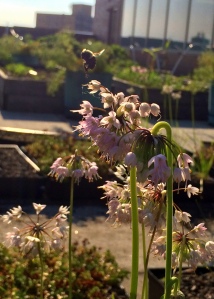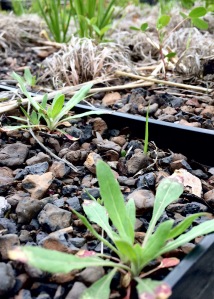It’s been quite a while since I’ve last posted a research update, so I think it’s time!

My experimental prairie is still going strong and looks lovely with its fall colors.
In early summer, my university’s Northwestern Magazine published an article about some of the doctoral candidates that are doing all kinds of interesting research. I was happy to have been included as a part of this article. You can check out a digital version of the story here.

My experimental green roof trays have the same species growing as last year, even with my total neglect this past summer. Looks like I’ve discovered some low-maintenance native species!
This past summer was the first one in eight years that I didn’t collect any new data. That was a strange feeling! I definitely had enough data to analyze, write about, and talk about so that’s what I did. I also took some time off to take care of a new little budding botanist in my life. Even in my absence, the prairie plants on the green roofs grew, flowered, made new seeds, and generally carried on just fine. After a few months, I was surprised to see that some of my experimental plots looked almost exactly like they did a year ago. This speaks to some of the low-maintenance requirements of both green roofs and native gardens. Although I wouldn’t recommend just planting things and walking away, it’s nice to think that some of my experiments might still be growing strong for years to come.
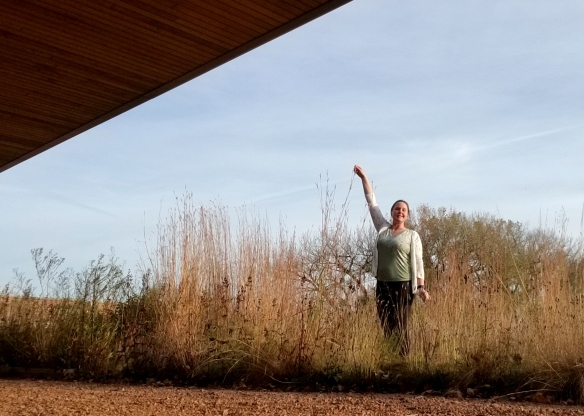
These native grasses weren’t part of my experiment but are really cool to see. Planted on a green roof in 2009, the grasses are now taller than me!

I was happy to present my research in Seattle, WA.
Since starting work again this fall, I’ve given presentations about my research both locally and out of state. My first presentation was at the Green Roofs for Healthy Cities annual conference in Seattle. At this conference, I talked about my experiments measuring ecosystem services provided by green roofs. Ecosystem services are benefits that people get from the natural environment, like clean air and water. The research that I presented found that native plants on green roofs are very good at providing the ecosystem service of stormwater retention. Local grasses and wildflowers can absorb a lot of rainwater – more than some non-native succulent species – which helps keep storm systems in cities from getting overburdened and overflowing sewage (obviously a good thing!). On a different note, I also gave a presentation about the benefits of pollinators at the Garfield Park Conservatory in Chicago. Even though Chicago is my hometown, it was my first time visiting this beautiful greenhouse. If you’re a local, you should definitely check it out!
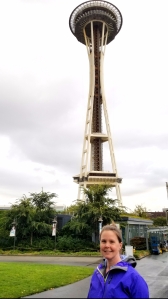
There is a green roof right by the Space Needle in Seattle (above and to the right of my head).
Writing has been my main task these past few months. I’m excited that I finally got the proof for a manuscript that has been accepted for publication. This publication discusses some research I conducted in Germany back in 2013, which found that plant communities on green roofs don’t all follow the same pattern of succession. I submitted this manuscript back in the beginning of 2016 so it’s very nice to see it in the final stages of publication after 2 years. It’s still not officially out yet, but I think it’s getting close. At least, I really hope so! Aside from this publication, the majority of my writing was to complete the revisions on my dissertation. I’m very happy to say that the revisions are now all completed. The best part of completed revisions means that I got to submit my dissertation! Yes, it is officially done and I am just one final presentation away from finishing my PhD. After so many years, this is a strange and wonderful feeling. I’m hoping to write a special blog post in the future about my reflections on this time and some lessons learned so as to be helpful to future botanists who are traveling on a similar path.

My future botanist and I celebrate the submission of my dissertation to Northwestern University!
This coming winter will bring the end of my graduate studies and hopefully some exciting new professional opportunities to continue teaching and learning about botany in the Chicago region. As I take a pause from the fast-paced research of graduate school for a little bit, my research updates on this blog may be less frequent. But my botany in action isn’t over! I’m looking forward to finding new ways to share botany with you all!


